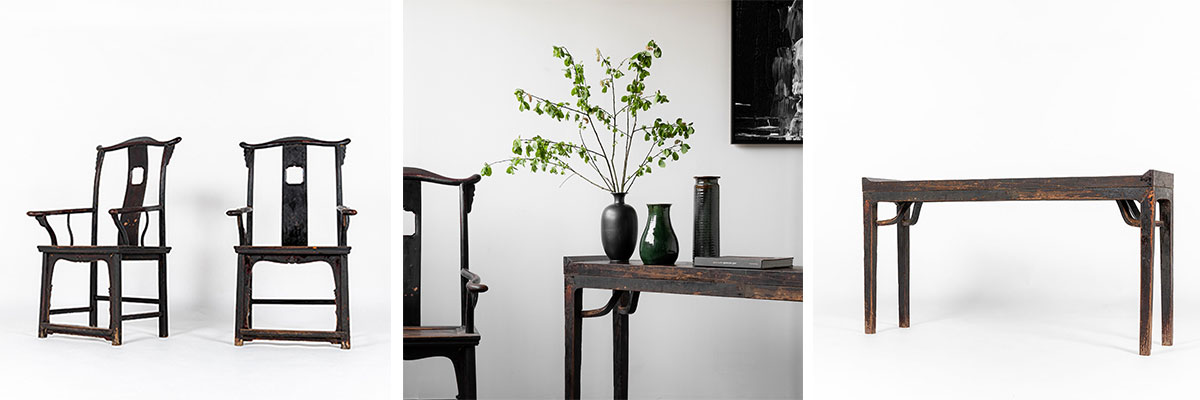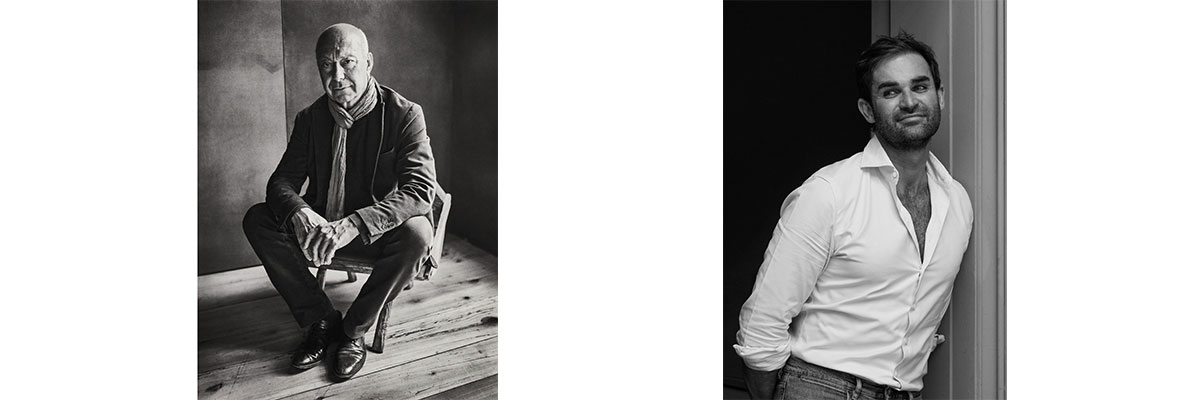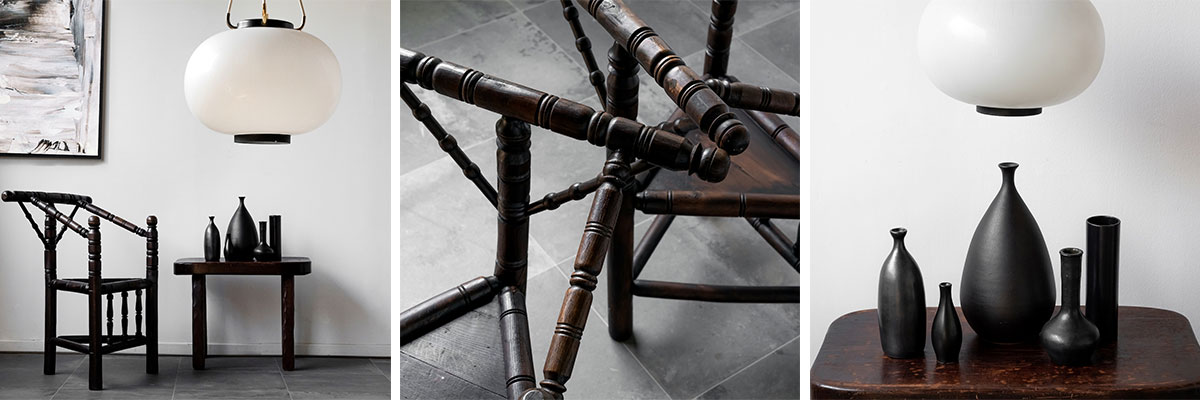Wabi-sabi or the art of imperfect perfection
Very trendy in decoration magazines of the last years, the Wabi-sabi style seduces with its minimalist essence which breaks free from the codes of overconsumption to bring interior design back to a practical imprint of simplicity that cherishes craftsmanship, the uniqueness of each piece and the marks of the passage of time.
More than a decoration style, a way of life
The origins of Wabi-sabi are found in Japan; a broad concept encompassing philosophy, spirituality and aesthetics.
To try to understand what is hidden behind this Japanese expression, it is necessary to linger on the two words which compose it: “wabi” referring to the purity, humility, nature, melancholy, and “sabi” translating the passing of time and the alteration that goes with it, the acceptance of this impermanence and the taste for this patinated beauty of things.
While the concept emerged in the 9th century, drawing inspiration from Zen Buddhism and Taoism, it was in the 15th century that the term Wabi-sabi appeared in Japanese literature. It is presented at the very heart of the tea ceremony; this tradition where perfection is the goal to be achieved. Zen monk Murata Jukō - or Shukō - is presented as being at the origin of an important reform of this ceremony by serving tea in artisanal cups, with sometimes imperfect lines, which break with the luxurious and perfectly symmetrical tableware of ancestral tradition.
Simplicity and naturalness of a Wabi-sabi decoration
A timeless and uncluttered interior which values the natural and humble beauty of things; this is how we could define the Wabi-sabi style, the quintessence of Japanese aesthetics, which showcases to craftsmanship and to irregular pieces shaped by human hands and patinated by the passage of time.
Wood, clay, linen, stone, wood and cotton are the materials of choice for adopting the Wabi-sabi spirit in its interior decoration. Raw materials to bring relief and character, associated with neutral and soft colors, never lively, which recall those of nature: ocher, sage green, taupe, but also beige or shades of gray, for create a quiet and peaceful atmosphere.
Lovers of vintage furniture will appreciate the marriage with raw wood pieces with minimalist lines, antique furniture patinated by time. Wabi-sabi invites us to take a new look at the objects around us; on their sentimental value, their history and the marks that daily life has left on them. A chipped tamp, a slightly cracked vase ... so many small alterations that the "sabi" accepts as part of this natural and impermanent beauty of things.

Inspirations - Pictures @Galerie44
Two great names making Wabi-sabi shine in Europe
Axel Vervoordt is a Belgian interior designer but also an art and antiques dealer, who stages many homes around the world by working with emptiness, the search for simplicity, and the dialogue between furniture and ages. He is also the author of numerous books on interior decoration, including "Wabi inspiration" in which he transcribes his vision of the Wabi-sabi style: "Elegance in natural materials, nobility without sophistication, timelessness with tradition".
Oliver Gustav, a Danish interior designer, shares the same appeal for this timeless, minimalist simplicity. He defines himself as a " creative consultant with focus on aesthetic development, art, interior and exterior design". The interiors he creates are a clever marriage of Scandinavian decoration and Wabi-sabi atmosphere, playing on shadows, light, and neutral shades to infuse the places with a serene and peaceful atmosphere.
 Axel Vervoordt - Pictures @Interviewmagazine Olivier Gustav - Picture @oliviergustav
Axel Vervoordt - Pictures @Interviewmagazine Olivier Gustav - Picture @oliviergustav
The wabi-sabi style at Galerie 44
Raw materials, minimalist lines, furnitures marked by the hand of man and the passage of time; this is also what characterizes these pieces that we have at Galerie 44, and which will therefore find their place in a decoration in the Wabi-sabi spirit.

Inspirations - Pictures @Galerie44

